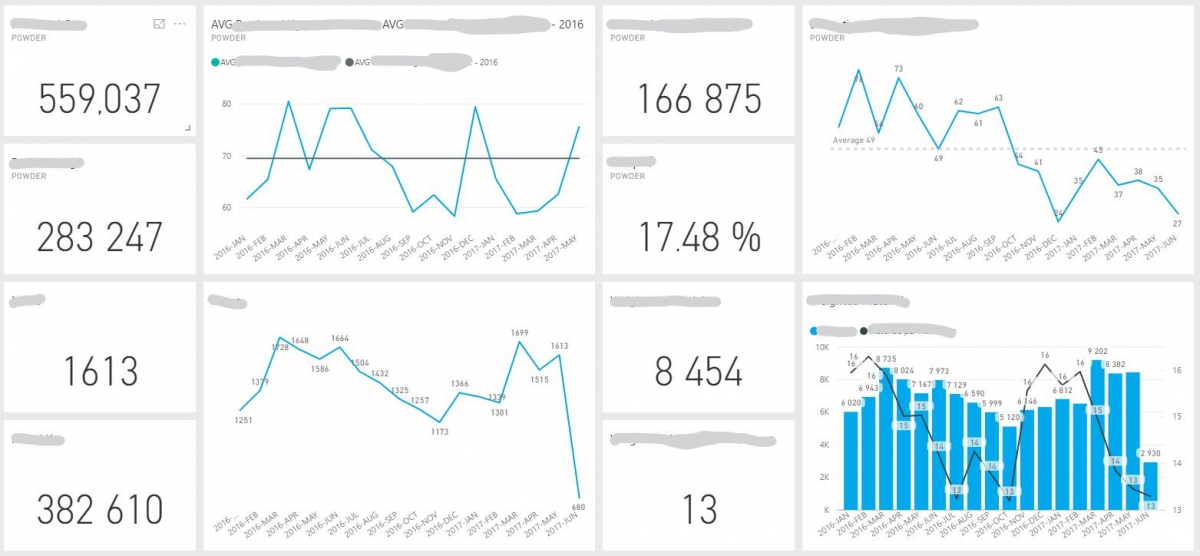Aminolabs is the supplier of many internationally renowned companies in sports and health nutrition. With their combination of innovative concepts and a flexible yet high-quality production they produce private label products that are convincing. Consumers around the world enjoy the products that are developed and produced at their facility in Hasselt, Belgium.
Aminolabs produces both sports and health supplements. You can think of nutritional sport products like protein and diet shakes, weight gainers, post-workout products and energy shots. Aminolabs is also a manufacturer of health products such as multivitamins, minerals, glucosamine, omega 3 and other combinations for specific purposes such as slimming, beauty and pre- and post-birth mixes. But they can do more, they also supply creams, gels, lotions and mousses. That’s how they can offer the full spectrum of private label supplements.
The Challenges
Aminolabs has evolved a lot over the last few years. Because of this evolution changes to their BI solution were required as well.
This BI solution was installed years ago as an out-of-the box add-on on their ERP and only contained Navision ERP data. The technology behind it was SQL Server 2005, Integration Services for the ETL’s and Analysis Services for the cubes. There were no standard reports or dashboards whatsoever. Every report was built in Microsoft Excel on request by extracting data from the cubes and doing a lot of extra manual processing afterwards. This process was very error prone, time intensive and too hard for most of the users. Because of this the few existing reports were only available on very specific data and for specific roles within the company, resulting in a lack of information to monitor the organization.
As the BI solution only contained ERP data, building reports on integrated data from other systems was not possible. Quite some information was not available in the ERP and even only in Excel files. Production planning is an example of a business process that is not managed from within the ERP, but using a macro-enabled Excel file. To integrate this kind of data, a data entry mechanism had to be foreseen.
During the years, as business evolved, a lot of customizations were done in the ERP system. Because of the limited internal knowledge about the content and the functionality of the data warehouse, impact on the data warehouse was never tested at that moment at some ETL’s turned out not be correct anymore.
Solution
First, the existing data warehouse was upgraded to the most recent version of Microsoft SQL Server (2016). After the upgrade, some technical improvements were made to the ETL code to reduce the load window and cubes were optimized for faster reports.
In a second phase of the project, the data warehouse functionality was reviewed and extended to support new report requirements: Domain per domain the functional requirements were gathered, followed by a data analysis phase to detect the quality and usability of the available data in the ERP. Where necessary the data was corrected or enriched using SQL Server Master Data Services. ETL’s and cubes were extended and/or corrected. SQL Server Reporting Services reports were built for standard list reporting, followed by interactive dashboards in Power BI, giving insight in the domains most important KPI’s.
Technology
The data warehouse was upgraded to Microsoft SQL Server 2016 for the:
- Database Engine
- Integration Services ETL’s
- Analysis Services multi-dimensional cubes
After the upgrade the standard, dummy-proof reports were built in Reporting Services.
And data-entry was made possible using Master Data Services.
Interactive reports and dashboards to monitor the evolution and performance of the KPI’s were built in Power BI and deployed to the Power BI Service in the cloud for online and mobile access.
Role of element61
element61 was responsible for the full project:
- Definition of the BI roadmap
- Installation and configuration of all the components
- Upgrade of the BI Solution and migration to a new server
- Technically improving and tuning the ETL’s en cubes
- Capturing and translating the new business needs to a technical design
- Extending the data warehouse with new data and functionality
- Setting up a MDS solution for manual data entry
- Training & coaching of the internal staff, both on the concepts of BI as well as the use of development tools
Conclusion
After the project, the accessibility and usability of Aminolabs BI solution was greatly improved:
- The data warehouse was upgraded to the newest technology and the performance and stability of the solution was greatly improved.
- Existing code was revalidated making sure all data is correct.
- Standard reports were made available, through a web portal, making BI accessible throughout the organization, even for the non-experienced users.
- Insight in their business processes was greatly improved by integrating and combining data from other sources and building interactive dashboards combining finance, sales, purchase, inventory and production data.

